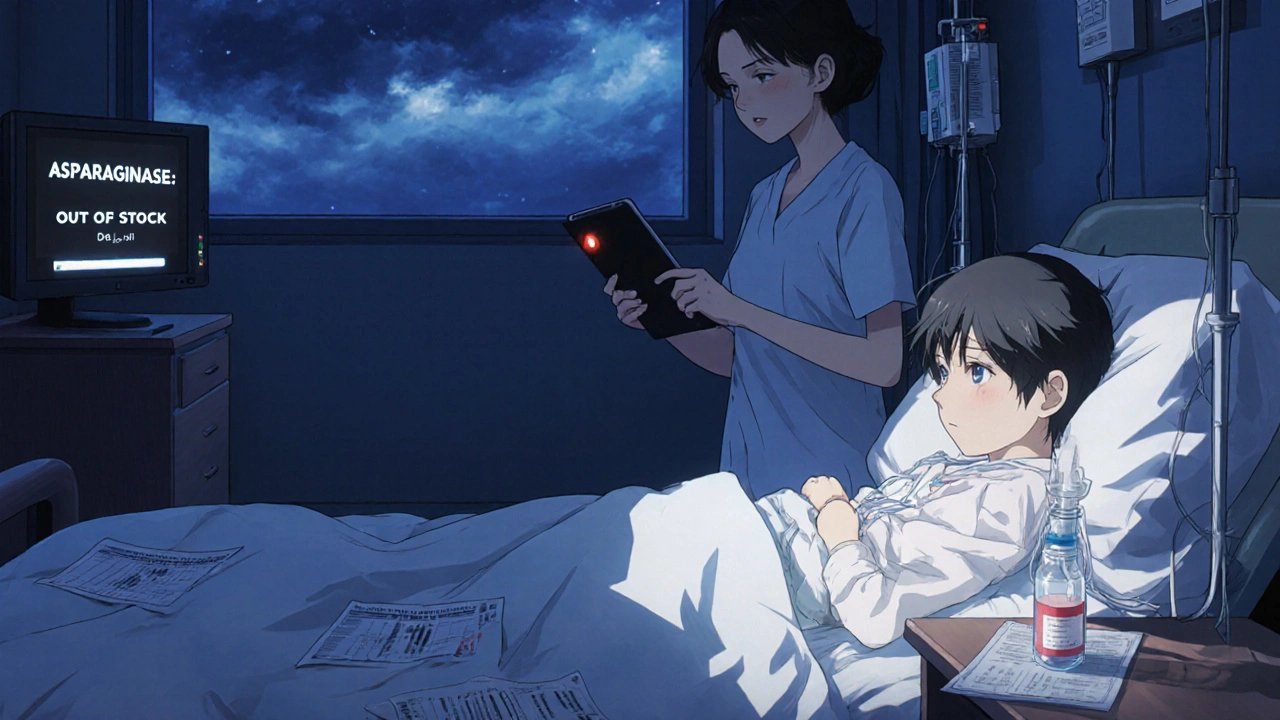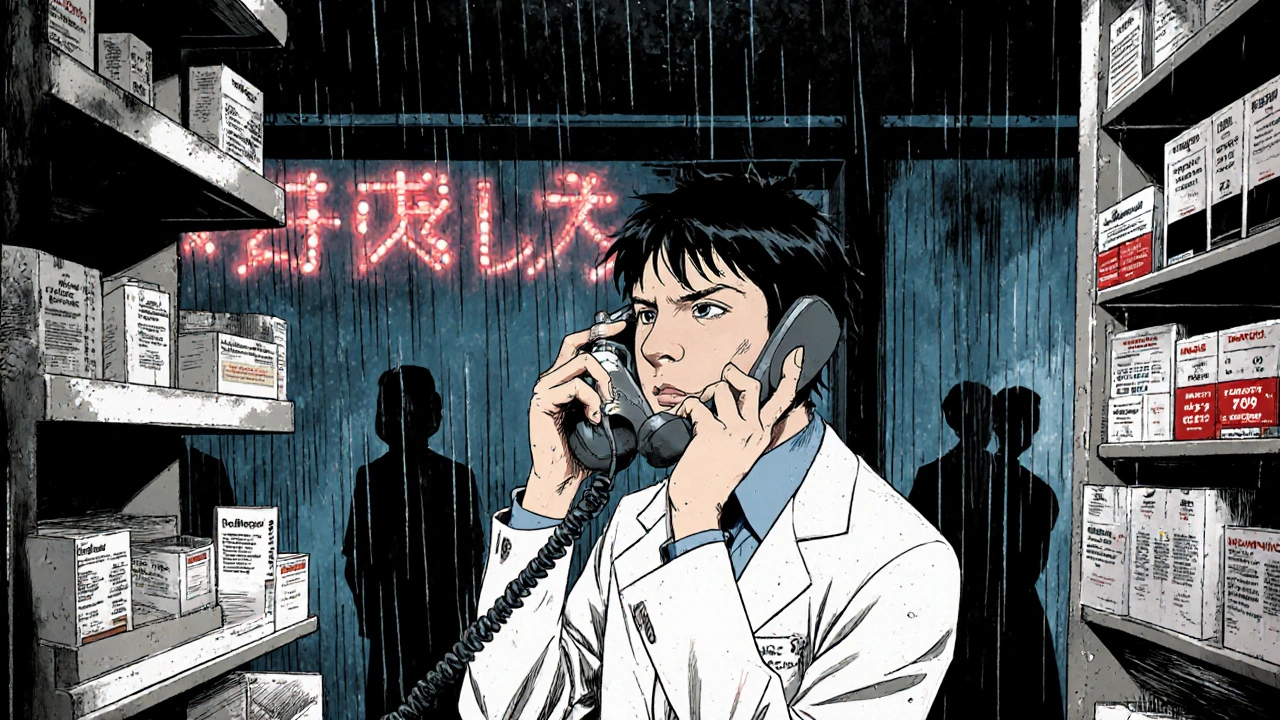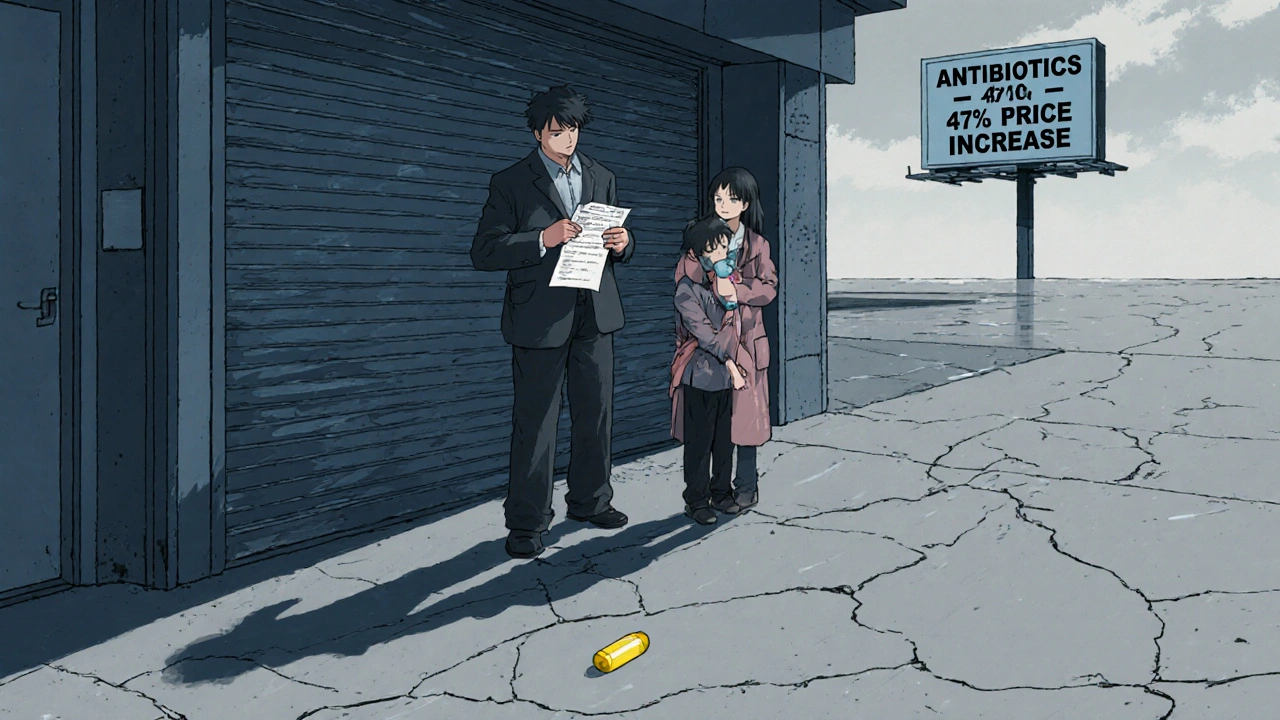
When a patient needs a life-saving drug and it’s simply not there, the consequences aren’t theoretical-they’re immediate, personal, and sometimes deadly. In 2025, more than 250 medications remain in short supply across the U.S., and for many patients, this isn’t just an inconvenience-it’s a threat to their survival. These aren’t rare specialty drugs either. They’re the basics: antibiotics, cancer treatments, anesthesia, even IV saline. When these vanish from hospital shelves, the ripple effect hits every corner of care.
What Happens When a Critical Drug Disappears?
Imagine you’re a parent whose child has leukemia and needs asparaginase. This drug isn’t optional-it’s essential. But in 2023, shortages stretched for over two years. Hospitals had to delay treatments by 7 to 14 days. That’s not a minor bump in the schedule. For a child’s immune system, those weeks mean the difference between remission and relapse. Oncologists weren’t just adjusting doses-they were rewriting entire treatment plans on the fly.
It’s not just cancer. Anesthesia shortages forced cardiac surgery teams to scramble for alternatives. One study found procedure times increased by 22% because staff had to learn new protocols mid-surgery. Nurses spent extra hours verifying doses. Pharmacists called five suppliers before finding a vial. And when they did, the substitute wasn’t always safer. Some alternatives carried higher risks of allergic reactions or organ damage.
Even common drugs like heparin, used to prevent blood clots during dialysis and surgery, became scarce. Hospitals had to switch to untested combinations of other anticoagulants. Errors spiked. One hospital reported a 19% rise in medication mistakes during a heparin shortage. That’s not just a statistic-it’s someone’s loved one getting the wrong dose.
Who Gets Hurt the Most?
Drug shortages don’t affect everyone equally. Pediatric patients are hit hardest because many drugs aren’t made in child-friendly doses. A pill meant for an adult can’t be split safely. Liquid versions? Often not available. That means 25% more pharmacy staff time is spent compounding medications by hand-time that could’ve gone to patient consultations.
Chronic pain patients are another group left behind. Oral opioids like morphine and oxycodone have been in short supply for years. Some patients skip doses to make their supply last. Others stop taking them entirely, leading to uncontrolled pain, emergency room visits, and even depression. One survey found that 38% of patients reported complaining about care disruptions during shortages. That’s not just frustration-it’s a breakdown in trust.
And then there’s the cost. When a drug is scarce, the price skyrockets. Patients pay 18.7% more out-of-pocket during shortages. For Medicare recipients, that’s not a small hike-it’s a barrier to survival. An estimated 1.1 million Medicare patients could die over the next decade simply because they can’t afford their meds. And that’s before you factor in the lost wages, missed work, and emotional toll on families.

Why Are These Shortages Happening?
The problem isn’t a single mistake. It’s a broken system. Eighty-three percent of shortages involve generic drugs-medications that cost pennies but keep millions alive. Why? Because manufacturers make next to no profit on them. It’s cheaper to shut down a production line than to keep it running at a loss.
Global supply chains are another weak point. Nearly half of all shortages trace back to raw materials coming from overseas-often just one factory in India or China. When that factory has a quality issue, the entire country feels it. In 2022, a single contaminated batch of injectable drugs led to 42 shortages across 14 states.
Manufacturing failures are the second biggest cause. Outdated equipment, poor sanitation, or failure to pass FDA inspections can shut down a plant for months. And when a company does fix the problem? They don’t rush to restart. Why? Because they know demand will drop once the shortage ends and hospitals stockpile. So they wait. And patients wait longer.
How Are Hospitals Trying to Cope?
Hospitals are drowning in paperwork. On average, each drug shortage forces staff to spend 15 to 20 hours a week tracking down alternatives, training teams, and updating electronic records. Pediatric units? That jumps to 25 hours. That’s not clinical work. That’s administrative chaos.
Some hospitals created shortage response teams. Others bought software that alerts them in real time when a drug is running low. Group purchasing organizations like Vizient have helped save $300 million in inventory costs since 2023 by pooling orders and sharing stock across networks. But these are band-aids. They don’t fix the root problem.
When a drug disappears, pharmacists often have to substitute it with something less effective-or even riskier. A study found that 65% of pharmacy directors had to cancel or delay procedures because they couldn’t get the right drug. That means surgeries get postponed. Cancer treatments get paused. Diabetics go without insulin. And every delay increases the chance of complications, hospital readmissions, or death.

The Human Cost You Don’t See
Behind every shortage number is a person. A woman with lupus who can’t get her corticosteroid injection. A man with sepsis waiting for antibiotics that arrived three days too late. A teenager with asthma whose nebulizer solution ran out and whose parents had to drive 90 miles to find a pharmacy that still had stock.
One nurse in Texas told a reporter she had to tell a mother her child’s chemotherapy was delayed because the drug wasn’t in the warehouse. The mother cried. The nurse cried. There was no script to follow. No policy to cite. Just silence and helplessness.
These aren’t isolated incidents. In 2023, 99% of hospital pharmacists reported experiencing drug shortages. Eighty-five percent said the impact on patient care was moderate to critical. And the FDA’s own data shows that 43% of medication errors in hospitals are now directly tied to shortages.
When you can’t rely on your meds, you stop trusting your care. That’s the real crisis.
What’s Being Done-and Is It Enough?
The FDA now requires manufacturers to report potential shortages six months in advance. That’s progress. But many companies still wait until the last minute. And even when they report early, there’s no penalty for not fixing the problem. No fines. No consequences. Just a note in a database.
Some lawmakers are pushing for incentives to keep generic drug production alive-tax breaks, guaranteed contracts, even subsidies. A few states have started stockpiling critical drugs. But these efforts are patchy. No national plan exists. No funding stream is secure.
Meanwhile, drug prices keep climbing. In 2025, the average cost of a generic antibiotic rose 47% compared to 2021. That’s not inflation. That’s market failure. And patients are paying the price.
The truth? We’ve known about this for over a decade. We’ve had hearings. We’ve had reports. We’ve had studies. But we haven’t had action that changes the system. We’ve had solutions that manage the symptoms-not cure the disease.
Until we fix the economic model that makes producing life-saving drugs unprofitable, shortages will keep coming. And patients will keep waiting.

JAY OKE
November 26, 2025 AT 19:31Been there. My mom had to delay her chemo last year because the damn drug was out. They gave her a substitute that made her sick for weeks. No one talks about this like it’s a crisis, but it is.
Brittany Medley
November 27, 2025 AT 01:13Pharmacists are the real heroes here. They’re doing triage with pills, playing drug roulette, and still showing up with a smile. I’ve seen them cry in the back room after telling a parent their kid’s treatment is delayed again. No one writes about that.
The system isn’t broken-it’s designed this way. Profit over people. Always.
Cynthia Springer
November 27, 2025 AT 14:18I read this and thought-how is this still happening? We have the tech, the data, the supply chains. We know which drugs are critical. We know which factories are single points of failure. So why isn’t there a national reserve? Why isn’t this treated like a public health emergency?
And why do we only notice when someone we love is affected? It’s not just about cost. It’s about dignity. When you can’t trust your medicine, you stop trusting your life.
I’m not even mad anymore. Just exhausted.
Amanda Wong
November 27, 2025 AT 15:14Let’s be real: this is what happens when you let corporations run healthcare. No one in Congress has ever had to choose between rent and insulin. That’s why nothing changes.
Stop pretending it’s a ‘supply chain issue.’ It’s a moral failure. And the people who profit from this are laughing all the way to the bank.